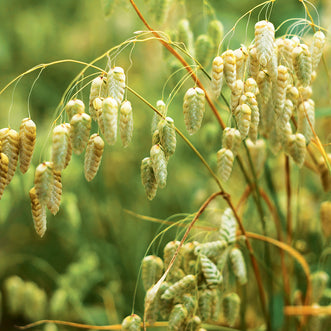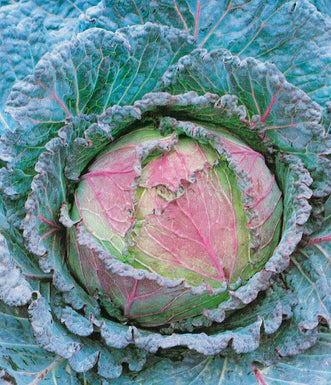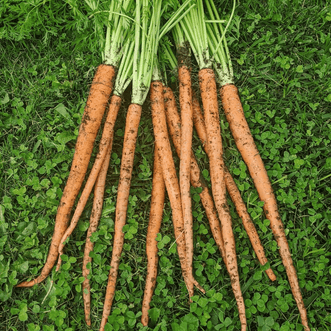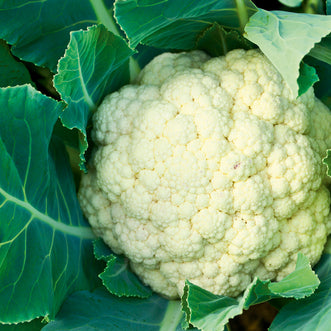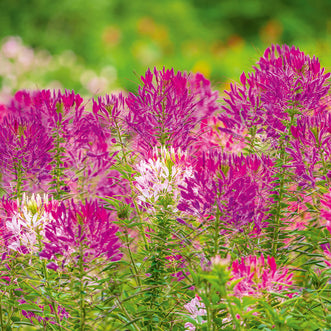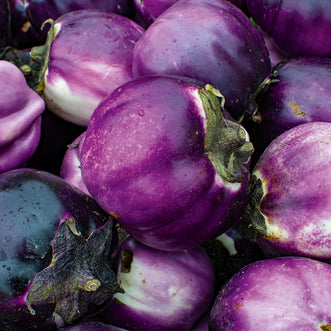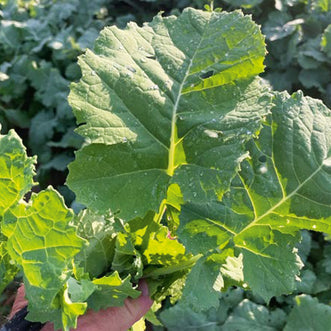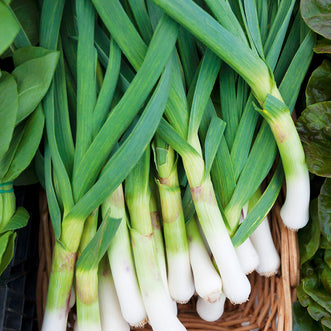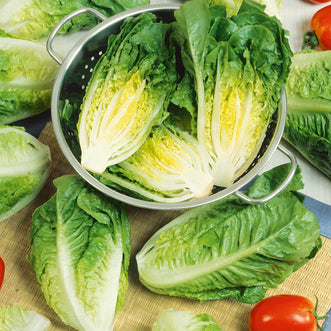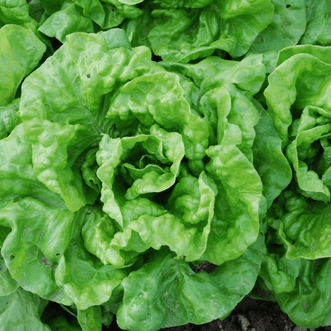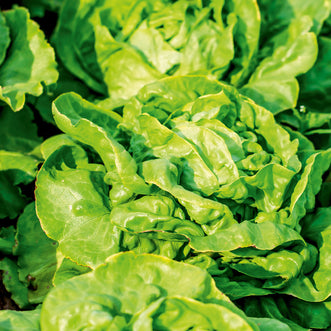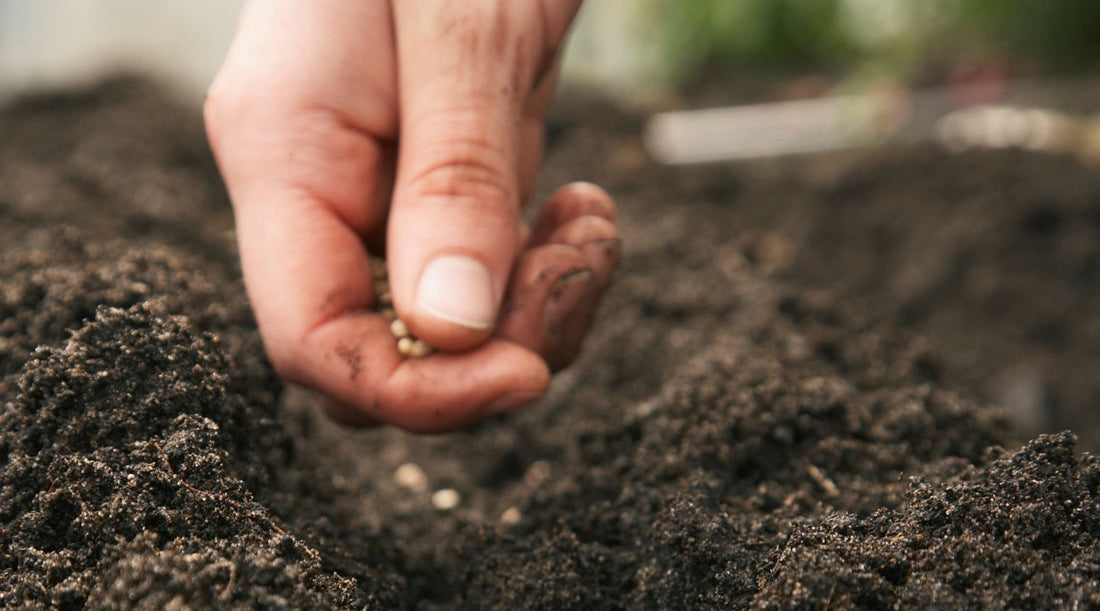
Sowing Times & Methods
Barbara MartinSowing Times (When to Sow numbers):
Seed Sowing Guide for Northern AreasSeed Sowing Guide for Southern Areas
1. Early Spring - Use Method A indoors a month or two before planting time in your locality.
2. Late Spring & Early Summer - Use Method B when all danger of frosts are past and the soil can be easily worked.
3. Late Summer & Early Autumn - Either sowing method may be used although it is always preferable to sow small or fine seeds in flats, pots or trays and when the seedlings become strong enough, transplant to the garden in Autumn. Slower germinating perennial varieties can be left in the container outside over Winter to be transplanted in Spring. For larger seed or for those not recommended for transplanting, Method B is preferable.
Slight bottom heat, approximately 20 degrees C can speed germination of some varieties.
Sowing Methods:
A. CONTAINER SOWINGSeeds can be sown in trays or shallow pots using a sterilised potting mix.
Fill the container to within 2cm from the rim, then moisten by standing the container in a tray of water till the surface of the mix becomes slightly damp or by watering from above using at all times a very fine spray. Then sow the seed.
A rule of thumb is to cover seeds to a depth of no more than twice their diameter but in the case of very fine seed no covering is needed as the seeds when sown on the surface of the mix naturally work their way into the soil. If covering is preferred, sieve mix finely over the surface. A piece of glass with a few thicknesses of paper on top may be placed over the container to prevent the mix surface from drying out. Turn glass daily so that the dry side is downwards.
If soil shows signs of drying out, repeat either watering process taking care not to wash any surface soil away.
Check daily for signs of germination and remove covering as soon as seedlings appear, exposing the tender plants gradually to the full sunlight.
If growing on a window sill, turn the container every day to maintain an even growth and to keep the seedlings from leaning towards the light. When large enough to handle transplant seedlings into a suitable container approximately 4cm apart. Harden off plants gradually exposing them to outdoor conditions.
DO NOT OVER WATER SEEDLINGS!
B. DIRECT SOWING
Turn over garden soil with spade or fork. A loose soil enriched with moderate amounts of organic matter or fertilizer to supply nutrients is best. Add any other conditioners such as peat moss, compost or sand etc if not added the previous Autumn. Break up the clods of earth and rake to produce a fine surface. Sow seeds thinly in rows or in beds if required then cover with twice the thickness of the seed with fine soil, tamp firmly down and moisten bed well.
When seedlings are about 6cm high or have developed their first true leaves (recognizable as those of the sown species) the row should be thinned out to the plant's required spacing.
Back to Top







